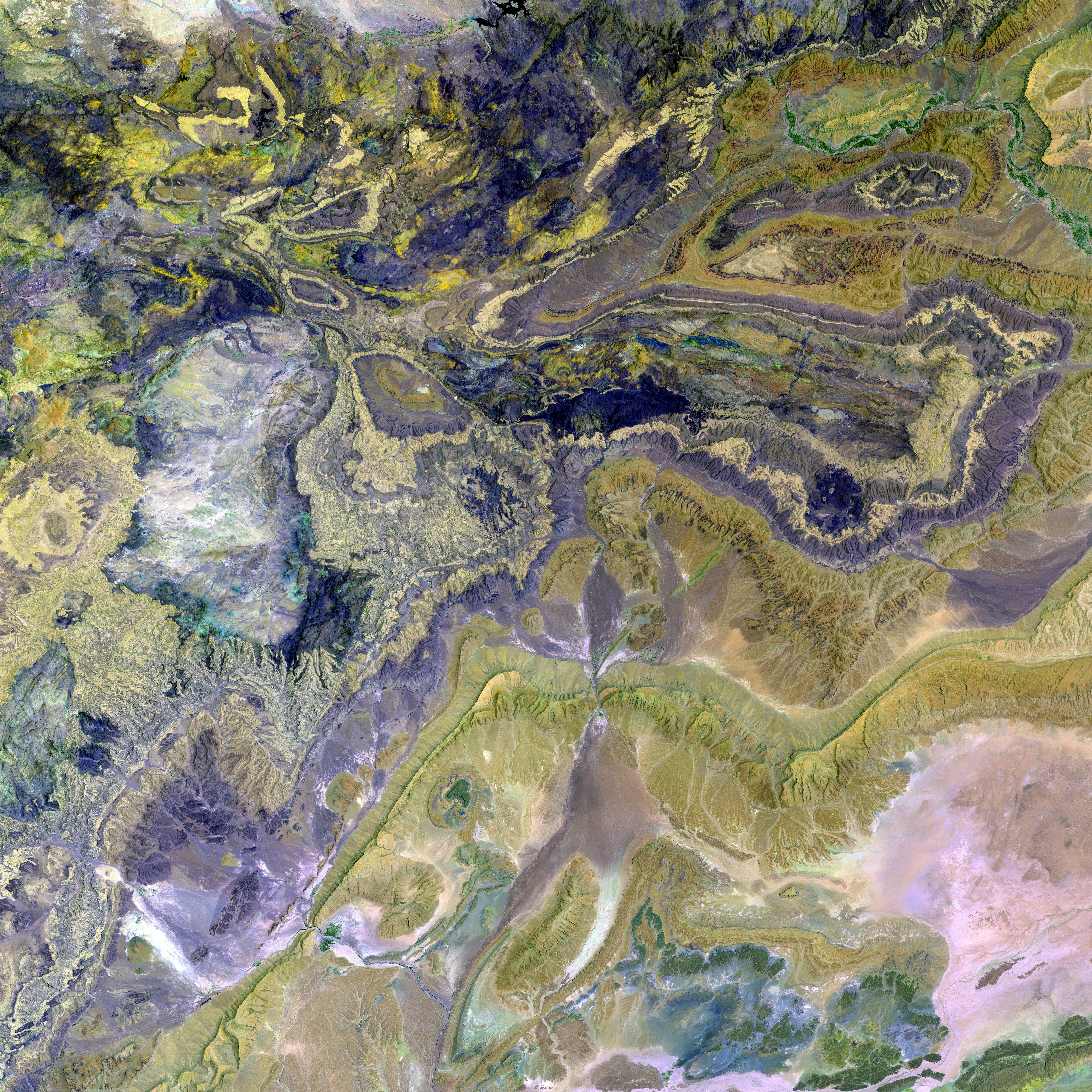Flight capabilities of Archaeopteryx unveiled: Tertiary feathers discovered
Fresh data supports the theory that Archaeopteryx was capable of flight
The longstanding question of whether Archaeopteryx, often referred to as the first bird, could fly has been a subject of debate for ages. However, latest research carried out by a team from the United States has provided compelling evidence, confirming the existence of specialized feathers that would've helped this primordial bird fly.
The findings were published in the journal "Nature" after the team acquired, prepared, and analyzed the smallest and well-preserved Archaeopteryx specimen, which had previously been in private ownership. The specimen, with the exception of a single finger, is complete, according to lead author Jingmai O'Connor.
The examination of the specimen using micro-computed tomography with UV light showcased the presence of tertiary feathers along with the previously known primary and secondary feathers. These feathers fan out from the elbows and lay flat against the body during flight, providing a better airflow and improving lift for taking off.
O'Connor commented that Archaeopteryx had a longer humerus compared to most living birds. In the absence of such feathers, the gap between the long primary and secondary feathers and the rest of the body can disrupt lift and prevent flight. With the presence of these feathers, found for the first time in this specimen, the risk of flight disruptions is minimized, strongly indicating that Archaeopteryx could fly.
Feathers may have had other functions too, as these tertiary feathers take up more surface area compared to modern birds' feathers. Possibly, they could even have provided a visual means of communication amongst the animals.
This discovery aligns with the broader theory that flight feathers originally evolved for functions such as insulation, display, or other purposes, and were later refined for powered flight. Archaeopteryx's feathers, including the tertiary ones, represent a significant step in this evolutionary transition.
Although DNA does not fossilize, we can still learn a lot about these ancient creatures based on their physical features, like feathers, bones, and soft tissues. The study of these fossils not only gives a glimpse into the past but also provides insights into the early stages of flight evolution in dinosaurs and birds.
References:1. en.wikipedia.org/wiki/Archaeopteryx2. www.sciencemag.org/news/2017/11/bird-ancestor-archaeopteryx-felt-feathers-study-finds3. pdfs.semanticscholar.org/f70d/e33c2e9c82ee12147ac314555475cbe19c9e.pdf
The discovery of tertiary feathers on Archaeopteryx, as revealed in a study published in the journal "Nature", contributes to the ongoing scientific discourse about the flight capabilities of this ancient creature, providing new insights into its environmental adaptations. Meanwhile, the research on space-and-astronomy and technology could potentially unveil more about the early stages of environmental-science, illuminating the development of feathers for non-avian purposes before their refinement for powered flight.




